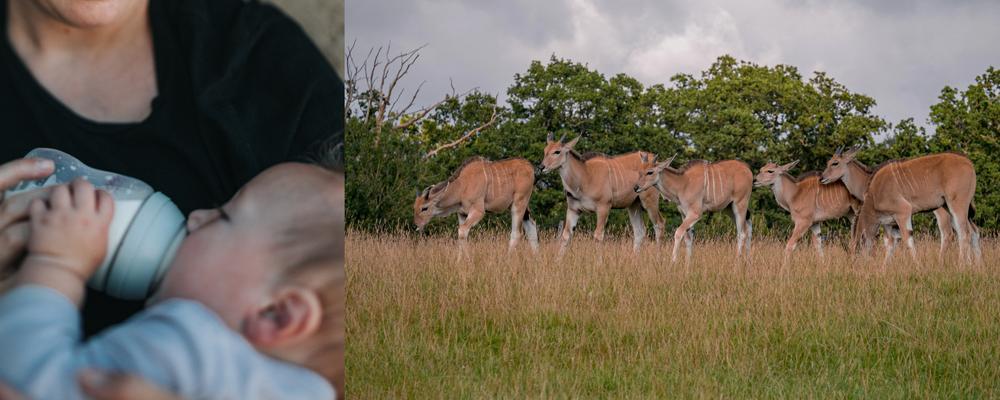"Our goal is to learn more about the biodiversity of these molecules in breast milk, especially those connected to the immune system. We need people power to keep this ongoing project running, and I am therefore very grateful for this grant from the Hasselblad Foundation." Said Daniel Bojar, assistant professor at the department of chemistry and molecular biology, and fellow at the Wallenberg center for molecular and translational medicine.
The grant will be used to fund a position within the project called LactoExplorer.
Glycans—or sugar molecules—are one of the fundamental biological sequences, next to DNA, RNA, and proteins. Despite being an integral part of many biological processes, Daniel argues that glycans are severely understudied.
With the help of mass spectrometry and AI tools that the Bojar group has developed, the language of glycans could finally be decoded, and their behavior and interactions with other molecules could be predicted. In a few seconds, the AI tools can perform the same job that previously required several days of manual work, with unprecedented sensitivity and correct annotation even of low-abundance glycans.
Studying grey seal, zebra, rhino, and Swedish Gute sheep
Focusing on sugar molecules in breast milk, known as milk oligosaccharides, Daniel and his team aim to study samples from different mammals to unravel new findings that can contribute valuable information to the broader scientific community in the fields of glycobiology, breast milk research, and immunology.
"One of our more exciting discoveries while studying animal breast milk is how diverse the composition of the milk is among different mammals. Previously, we thought humans were unique in their complex composition, but we found a great number of new molecules in the mammals we are studying. We can envision a future where added molecules from other mammals' breast milk could benefit human infants, but our main focus now is to understand the basic functions of the molecules." Daniel said.
Over 100 entirely new oligosaccharide structures in the milk of different mammals like rhinos and alpacas have been identified so far. Collaborating closely with zoological institutions throughout Europe, the team has already received new milk samples from Grey seal, Dama gazelle, East African oryx, Grévy's zebra, and Greater kudu. Samples also include Swedish landraces such as Gute sheep. In total, Daniel expects to analyze the milk glycomes of between 10 and 20 new mammalian species within the entire three years of the project.
Sugar molecules affecting health, development, and disease
The interactions between glycans and proteins are key in infectious diseases. Understanding them provides insights into disease mechanisms and how viral epidemics develop. These molecules also play an important role in health and development and have powerful effects on the immune system. They are crucial for microbiome development, immune education, and nutrition.
Further reading: Magazine Of The American society for biochemistry and molecular biology



